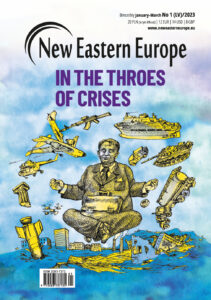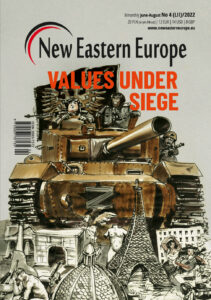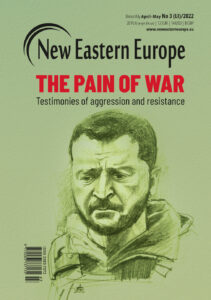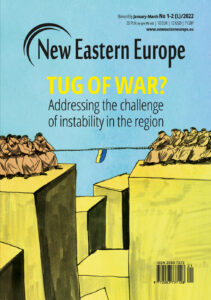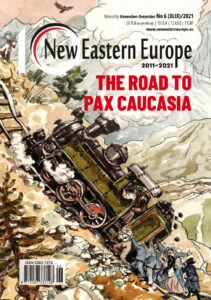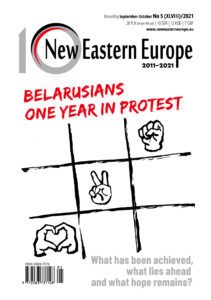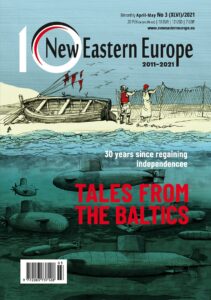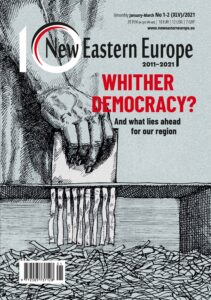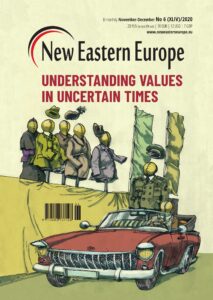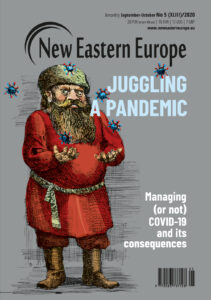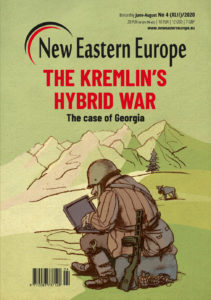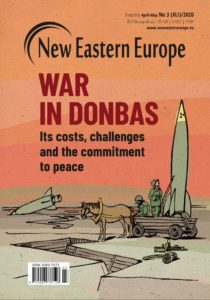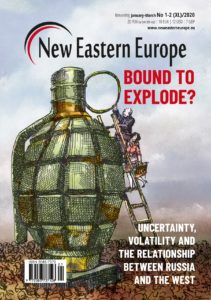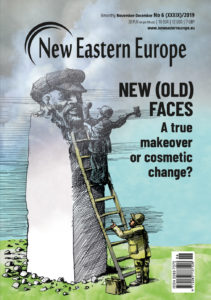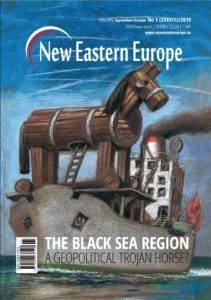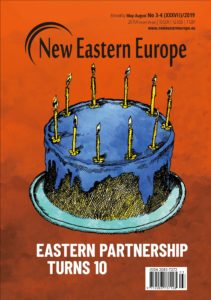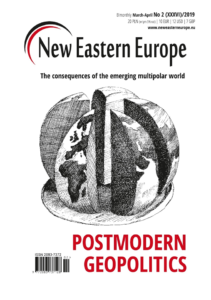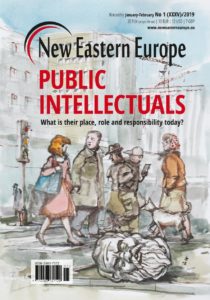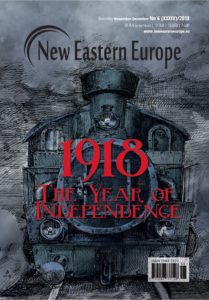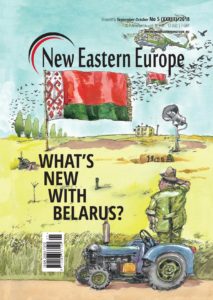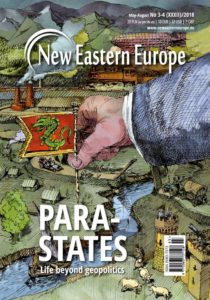Memory sites in Tirana provide a deep connection to Albania’s recent past
Historical narratives often treat a place as a witness to traumatic events. Three Tirana-based museums recounting difficult periods under Albania’s communist regime vividly illustrate this process. These include the National Historical Museum (1981), located in a building designed and designated as a cultural institution, Bunk'Art 1 and 2 (2014), located in authentic bomb shelters built as part of the “bunkerisation” of the 1970s, and the House of Leaves (2017), housed in a building that served as the headquarters of the Sigurimi state security service. Although they all depict the same story, each does so in a different way. The narrative is determined not only by the time the exhibit opened, but also by where it is displayed.
July 4, 2023 -
Kinga Gajda
-
History and MemoryIssue 3-4 2023Magazine
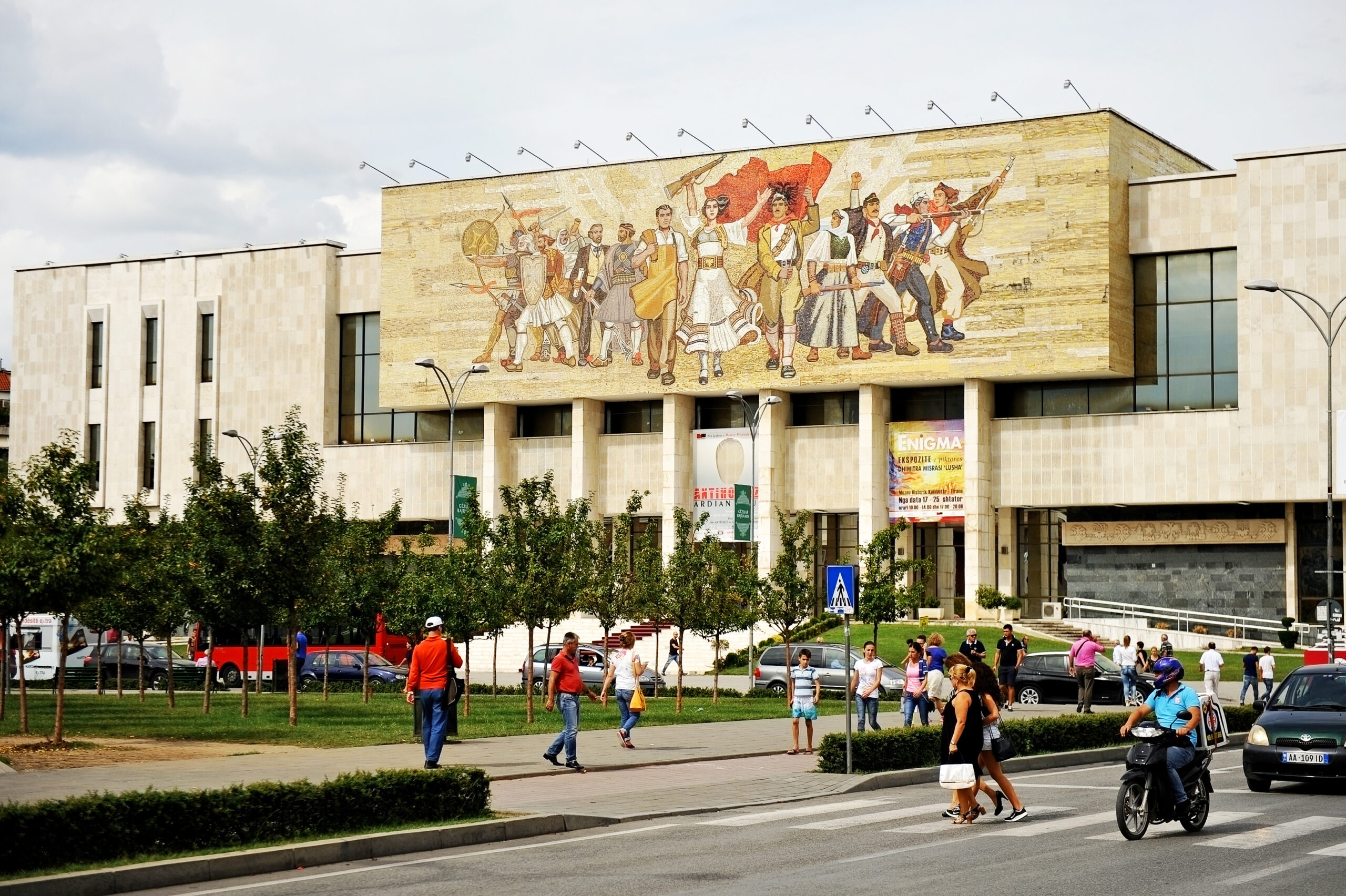
The National Museum is housed in a monumental building in Tirana, designed specifically for the institution. It is located in the city’s main square – Skanderbeg Square – on the site of a former neo-Renaissance town hall built during the Second World War. The building itself is already a relic of its time. Photo: roibu / Shutterstock








